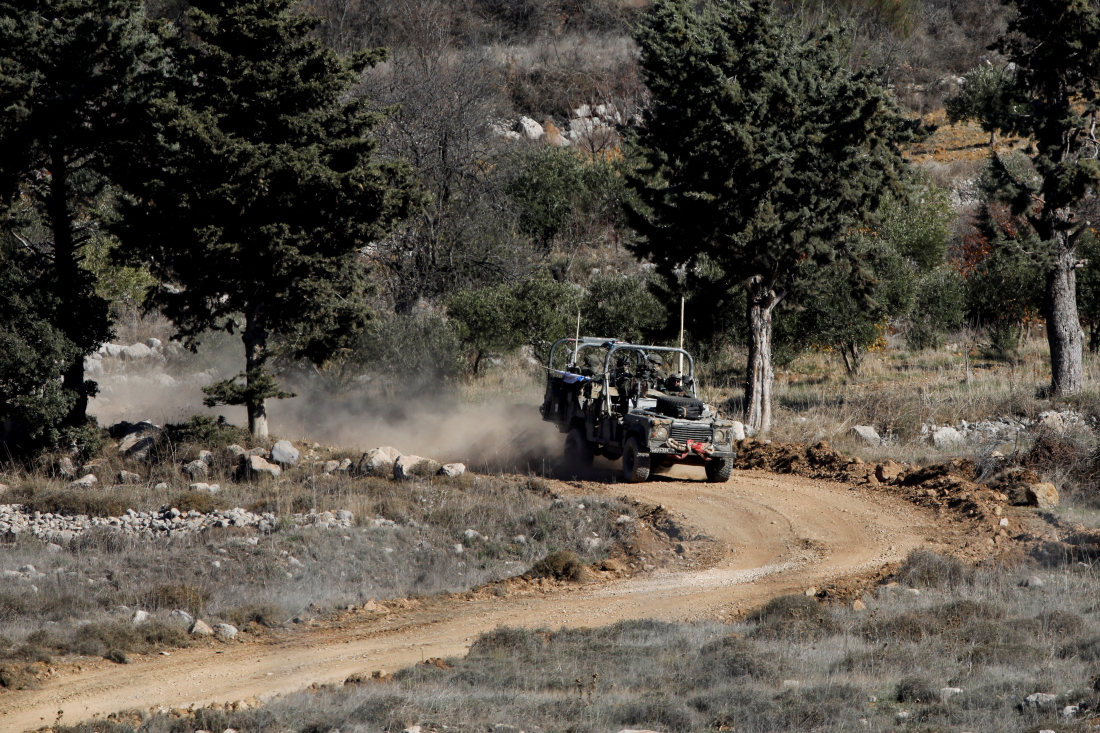Bloomberg tags Kyrgyzstan Central Asia’s new ‘tiger economy’
Kyrgyzstan is increasingly being described as one of the fastest growing economies in Central Asia....
Israeli troops intensified operations in the U.N.-monitored buffer zone between Syria and the Golan Heights, responding to ongoing security threats and strategic changes following the recent ousting of Syrian President Bashar al-Assad.
Israel's military forces increased their presence in the U.N.-monitored buffer zone between Syria and the Israeli-occupied Golan Heights on Tuesday, a significant move amid escalating regional tensions. This operation comes after Israel agreed to double its population on the Golan Heights while addressing security threats from Syria, despite recent leadership changes within Syrian factions.
Israel's presence in the buffer zone highlights its commitment to safeguarding the Golan Heights, an area Israel captured from Syria during the 1967 Six-Day War. This includes taking control of a Syrian military post on Mount Hermon, a strategic position overlooking Damascus.
Ahmad al-Sharaa, the leader of the Islamist group Hayat Tahrir al-Sham (HTS), which helped depose Syrian President Bashar al-Assad, accused Israel of using false pretexts to justify attacks on Syrian soil. However, Sharaa, known as Abu Mohammed al-Golani, has shown a willingness to avoid prolonged conflicts as Syria focuses on recovery and rebuilding efforts.
Israel's operations in the demilitarised zones established after the 1973 Arab-Israeli war showcase a persistent strategy to secure the region while addressing potential threats from rebel forces and Damascus-based security dynamics.
As Israel solidifies its military stance in these strategic locations, the situation remains highly fluid, with regional alliances and territorial control shifting rapidly. Continued operations in the buffer zone signal Israel's determination to maintain control over the Golan Heights while navigating Syria's internal challenges and regional instability.

European Union leaders have agreed to raise up to €90 billion through joint borrowing to support Ukraine’s defence in 2026 and 2027, opting not to use frozen Russian state assets amid legal and political concerns.
Petroleum products are being transported by rail from Azerbaijan to Armenia for the first time in decades. The move is hailed as a tangible breakthrough in efforts to normalise relations between the long-time rivals.
European Union foreign policy chief Kaja Kallas has warned that attempts to reach a peace agreement in Ukraine are being undermined by Russia’s continued refusal to engage meaningfully in negotiations.
U.S. President Donald Trump delivered a wide-ranging address from the White House in which he sought to highlight what he described as his administration’s achievements while laying the groundwork for his plans for the year ahead and beyond, on Wednesday (18 December).
Chinese Foreign Minister Wang Yi has held a phone conversation with his Venezuelan counterpart Yvan Gil at the latter’s request.
The European Union is facing mounting political pressure over its ability to keep Russian sovereign assets frozen, as internal divisions, leadership changes and war fatigue reshape decision-making across the bloc.
Kazakh President Kassym-Jomart Tokayev’s first official visit to Japan marks a notable moment in relations between the two countries, reflecting a shared interest in deepening cooperation.
The long-running geopolitical tug-of-war over the world’s most popular short-form video application appears to have reached its finale, resolving a five-year saga that bridged two US presidencies and a brief nationwide service blackout.
Congressional Democrats have released dozens of new images from Jeffrey Epstein’s estate, increasing pressure on the United States Justice Department.
Police and paramilitary forces have been deployed across Bangladesh after violent protests erupted overnight over the killing of a prominent youth leader, raising concerns of further unrest ahead of national elections.
You can download the AnewZ application from Play Store and the App Store.

What is your opinion on this topic?
Leave the first comment